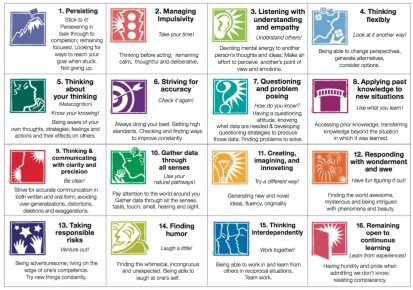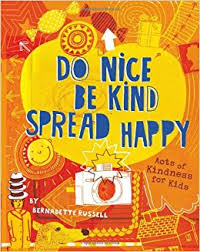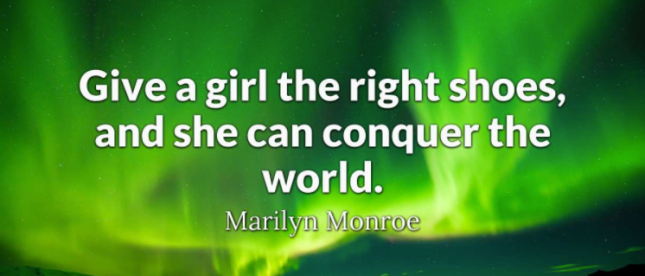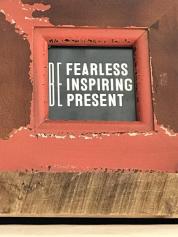
Everyone is on a journey… the great journey of life. We are off the great places every day, and we all have a different path that we follow. Some of it depends on where we begin and what we experience the first few years of life. Every experience we have along our path make an impact on us. All of those moments shape us, and begin to create who we are.
When we go to school, we learn how to read and write, and how to solve math problems. We test things out in science and learn about our history in social studies. Most importantly, we learn how to work well with others and be a team. We learn how to share our ideas and what we are thinking. We find out what we like to do and what we need to do to succeed. In many classrooms today, students come up with creative solutions to problems they find. Everyone brings their own experiences and knowledge to the group to help problem solve. Yet, every journey is different.
When I was in elementary school, the things I remember are the special events: playing Dorothy in the Wizard of Oz ( and the munchkins were taller than me), have a cheese party to taste cheeses from around the world, and my 6th grade teacher bringing in apples for the whole class when she went apple picking. The day to day routine of school has shaped me by providing me with the foundation of learning with lots of structure. In Junior High and High School, I had more choice in my learning – choosing courses to prepare me for my future in college and beyond. But looking back, most were just pre-requisites for college. ( three years of a language, SAT prep courses, 4 years of English, etc.) I did take a creative writing course that I enjoyed, and took journalism so I could be on our school’s TV news show!
As a teacher today, that structure is still very important for students. But it is also important to find the passion in our kids. Yes, they need to find out how they learn best, and we still need to provide the foundation in elementary school. Now, that platform has to expand to include collaboration, creativity, communication, critical thinking, and resiliency – our 21st century skills. We need to create moments for students to explore an area of interest, to learn how to research a topic, and how to share it with the world. That means that as a teacher, I need to be providing these experiences for my students.
In Katie Martin’s book, Learner-Centered Innovation, she states, “The goal of professional learning and development shouldn’t be to just get better at what has always been done; it should be to better meet the needs of learners in your classrooms and move forward. ”
How do I do that?
How do I ensure I am meeting the needs of all of my learners, and what are their needs?
My first graders began the year at their own starting point. My job as a teacher is to grow them as learners. We start where they are, and move them forward. Some take giant leaps and move forward quickly. Others move at a different pace, working hard each step of the way until it all becomes clear. Then they soar! In our classroom, I have to build the capacity for learning. I help them to see that I believe in them, and they believe in themselves. We expand on our belief that we can grow our brains, and that everyone is smart about something. We use Bena Kallik and Art Costa’s Habits of Mind, introducing them one at a time, and we reflect on how we are using them in the classroom. They help us to focus on how we learn, and how we can grow our brains and adjust our path. 
Everyone is on their own journey with a goal of being successful and being happy. Success looks different for different people. I am one part of their journey, and while we are together, my plan is to make a positive impact on my students; encourage them to wonder and to investigate. It is my job to create a classroom culture that grows us all as learners and move us all forward on our path.
Where will your journey take you?





